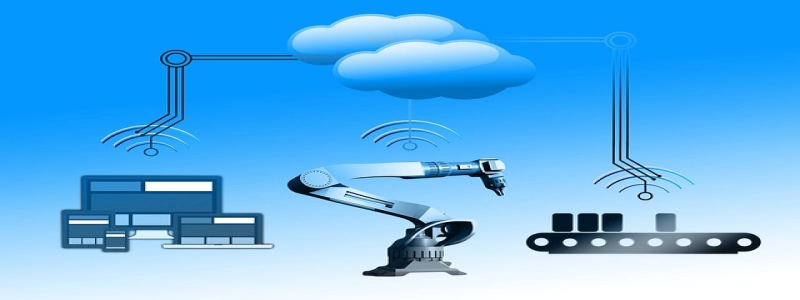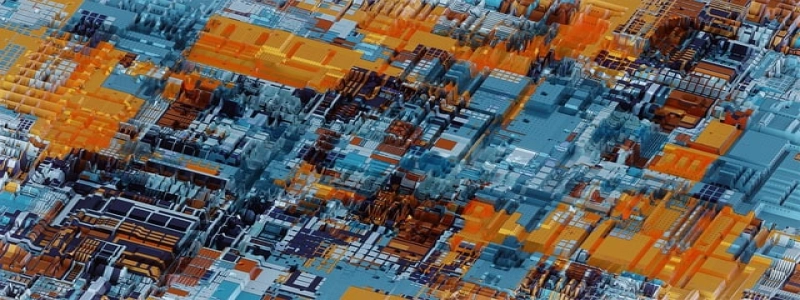What is Ethernet?
Introducere
Ethernet is a widely used technology that allows devices to connect and communicate with each other in a local area network (LAN). It provides a set of rules and protocols for data transmission over copper or fiber optic cables.
Level 1 Heading: History of Ethernet
Ethernet was developed by Xerox Corporation in the 1970s as a means to connect computers in a research facility. It became commercially available in the 1980s when Digital Equipment Corporation, Intel, and Xerox jointly developed the Ethernet specification. Over the years, Ethernet has evolved and improved to meet the growing demands of networking.
Level 2 Heading: Ethernet Standards
Ethernet has various standards that define its capabilities and speed. The most commonly used standard is IEEE 802.3, which specifies the physical and data link layer protocols. This includes specifications for different cable types, such as twisted pair or fiber optic, and data transmission speeds ranging from 10 Mbps to 400 Gbps.
Level 2 Heading: Ethernet Components
Ethernet networks consist of several key components:
1. Ethernet Cables: These cables are used to connect devices together. They are available in different categories, such as Cat5, Cat6, and Cat7, which determine the maximum speed and bandwidth supported.
2. Ethernet Switches: Switches are used to connect multiple devices together in a network. They allow devices to communicate with each other by forwarding data packets between them.
3. Network Interface Cards (NIC): NICs are installed in devices to enable them to connect to an Ethernet network. They provide a physical interface for connecting the device to an Ethernet cable.
Level 2 Heading: Ethernet Transmission
Ethernet uses a technique called Carrier Sense Multiple Access with Collision Detection (CSMA/CD) for transmission. This method ensures that multiple devices on the same network do not send data at the same time, avoiding data collisions. If a collision does occur, the devices wait for a random period before attempting to transmit again.
Level 2 Heading: Advantages and Applications of Ethernet
Ethernet has several advantages that make it popular:
1. High Speed: Ethernet can support data transmission speeds ranging from 10 Mbps to 400 Gbps, depending on the standard used.
2. Easy Scalability: Ethernet networks can be easily expanded by adding more devices or switches without significant disruptions.
3. Wide Compatibility: Ethernet is compatible with a wide range of devices, making it a universal networking standard.
Ethernet is widely used in various applications, including home and office networks, data centers, telecommunications, and industrial automation.
Concluzie
In conclusion, Ethernet is a fundamental technology that powers modern networking. With its high speed, scalability, and compatibility, Ethernet has become the de facto standard for connecting devices in local area networks. Whether it’s for home, office, or industrial use, Ethernet remains one of the most reliable and widely adopted networking technologies.








